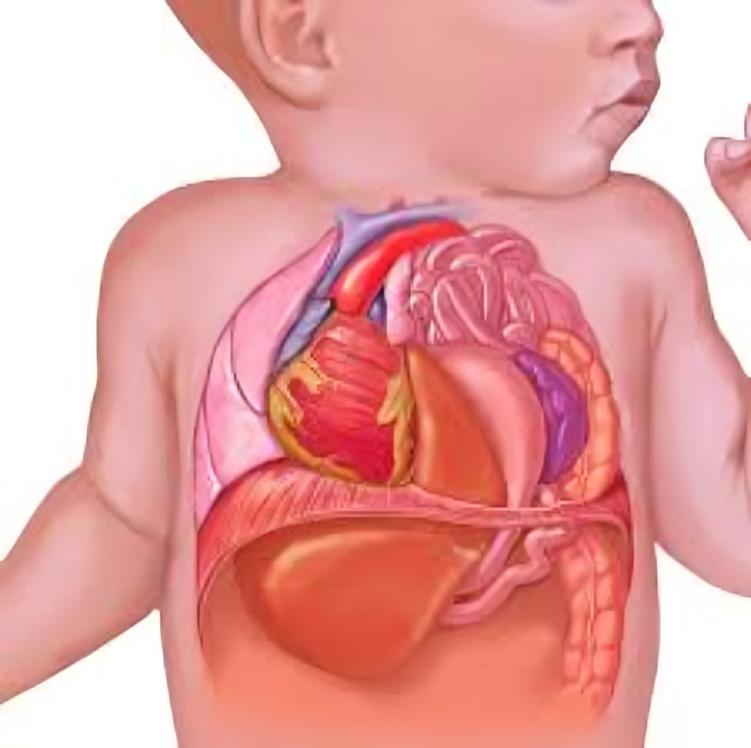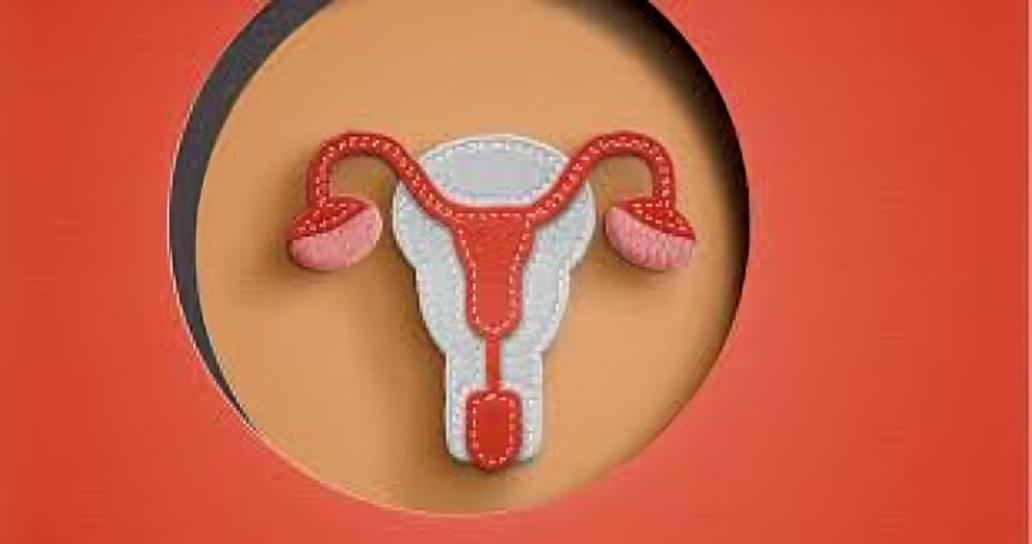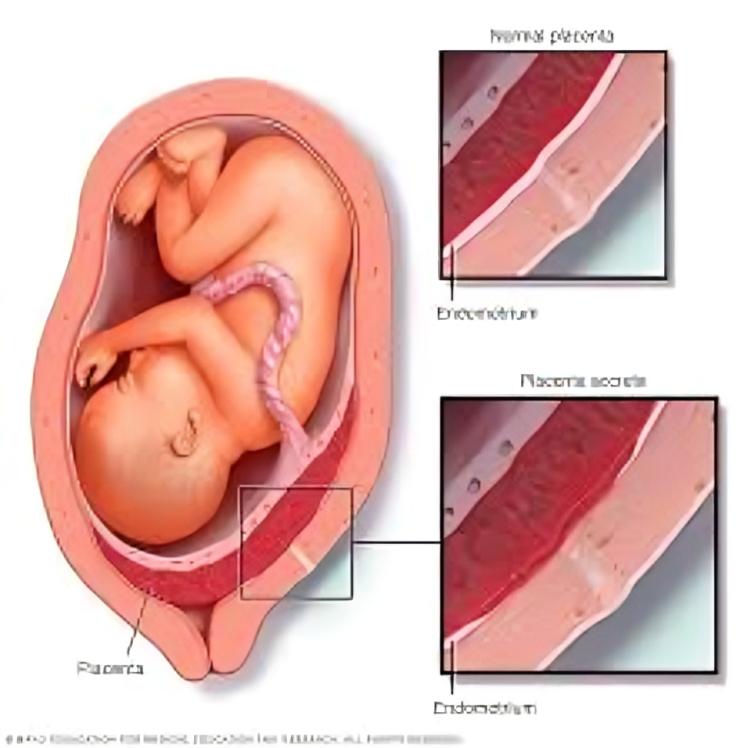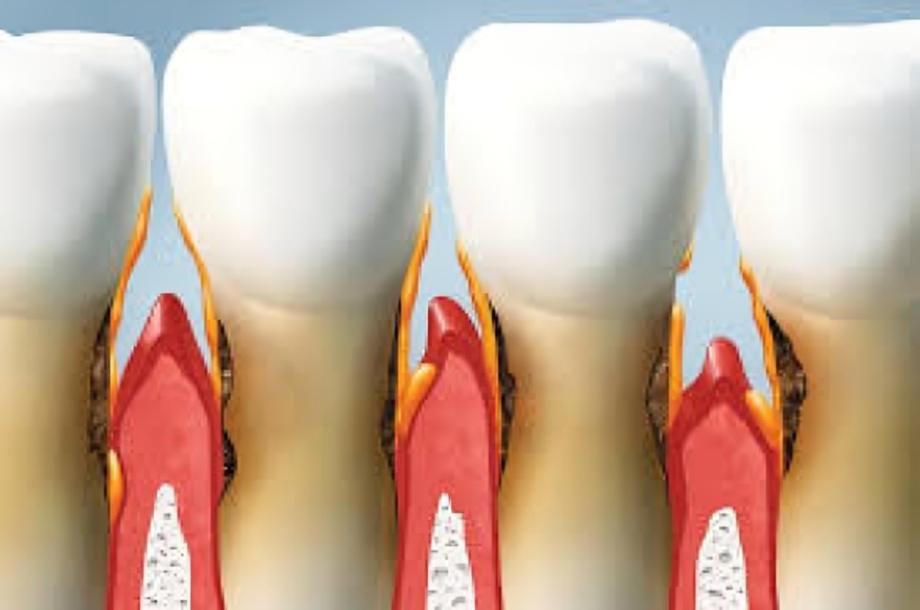Congenital Diaphragmatic Hernia: Causes, Symptoms, and Modern Treatment – Dr. Mohamed Shaban
الفتق الحجابي الخلقي هو حالة طبية نادرة تصيب الأجنة أثناء فترة الحمل، حيث يُعتبر من العيوب الخلقية التي قد تؤثر على حياة الطفل إذا لم يتم التعامل معها بشكل مبكر.

By: Dr. Mohamed Shaaban
⭐️ Congenital Diaphragmatic Hernia: Causes, Symptoms, and Modern Treatment – Dr. Mohamed Shaban
(Best Obstetrician and Gynecologist)
Congenital diaphragmatic hernia (CDH) is a rare medical condition that affects fetuses during pregnancy. It is considered one of the birth defects that can significantly impact a child's life if not properly addressed early on. This condition is often associated with a series of medical challenges that require immediate and specialized intervention. Dr. Mohamed Shaban, a specialist in obstetrics and gynecology in 6 October, offers his extensive experience in dealing with this condition with precision and professionalism.
🔍 What is Congenital Diaphragmatic Hernia?
Congenital diaphragmatic hernia is a disorder that occurs when the diaphragm – the muscle that separates the chest and abdominal cavities – fails to develop properly during pregnancy, leading to a hole or gap in this muscle. This allows abdominal organs, such as the intestines, stomach, or liver, to move into the chest cavity, which hinders lung growth.
🤰 While the condition is rare, its impact can be severe if not detected and treated early. The severity of the condition varies among individuals. Some babies may experience mild breathing difficulties after birth, while others may face more complex issues requiring urgent surgical intervention.
💡 Causes of Congenital Diaphragmatic Hernia
The causes of congenital diaphragmatic hernia vary, although many cases do not have a known cause. The potential factors can be summarized as follows:
🔹 Genetic and hereditary defects:
Some genetic syndromes, such as Down syndrome or other rare syndromes, can contribute to the development of CDH.
🔹 Abnormal fetal development:
CDH can occur due to abnormalities in the growth of the diaphragm during the early stages of pregnancy. These changes may result from environmental factors or medication effects during pregnancy.
🔹 Environmental factors:
Although the exact cause is not always known, some studies suggest that environmental factors, such as exposure to certain chemicals or smoking, may play a role in the development of the condition.
⚠️ Symptoms and Signs at Birth
Congenital diaphragmatic hernia is often detected immediately after birth, especially in severe cases. The most common symptoms and signs that may appear in the baby after birth include:
🔸 Difficulty breathing:
The baby may experience difficulty breathing due to underdeveloped lungs or pressure from abdominal organs on the lungs.
🔸 Cyanosis:
A bluish tint may appear on the skin and nails, indicating low oxygen levels in the blood.
🔸 Chest swelling:
The baby may exhibit noticeable swelling on one side of the chest due to the abdominal organs entering the chest cavity.
🔸 Presence of intestines in the chest:
Intestinal sounds may be heard in the chest area during a clinical examination, which can assist in early diagnosis.
🧪 How is Diagnosis Made?
Diagnosing congenital diaphragmatic hernia depends on several tests, which may include:
🔹 4D ultrasound:
Ultrasound is used to detect the presence of a diaphragmatic hernia and assess the size of the organs that have moved into the chest. This scan is one of the best methods for diagnosing the condition during pregnancy.
🔹 Magnetic resonance imaging (MRI):
MRI helps provide an accurate view of the affected organs and is especially useful for evaluating lung development.
🔹 Genetic testing:
Genetic tests may be performed to check for syndromes or genetic factors that may be responsible for the hernia.
🩺 Treatment and Medical Intervention
The treatment of congenital diaphragmatic hernia requires advanced medical intervention. The treatment depends on the severity of the condition and the age of the fetus or newborn:
Prenatal care:
In some rare cases, prenatal interventions may be performed to improve lung development, though this depends on the availability of advanced medical facilities.
Surgical intervention after birth:
After birth, surgery is performed to reposition the abdominal organs back into their proper place and close the hole in the diaphragm. Surgery is one of the most effective treatments for this condition.
Neonatal intensive care:
Newborns with CDH may require intensive care, including respiratory support and medications to improve lung function and stabilize the baby’s health after surgery.
👨⚕️ Why Choose Dr. Mohamed Shaban?
✅ Extensive Experience:
Dr. Mohamed Shaban has years of experience in handling complex medical cases such as congenital diaphragmatic hernia, providing comprehensive and effective care.
✅ Modern Techniques:
Dr. Mohamed uses the latest techniques in diagnosis and treatment, ensuring the highest level of medical care for his patients.
✅ Psychological Support:
Dr. Mohamed places great importance on the psychological aspect of the mother and family, offering them the necessary support throughout the pregnancy and treatment stages.
✅ Continuous Communication:
Dr. Mohamed maintains excellent communication with patients and their families, providing them with answers to all their questions and ensuring their satisfaction with the treatment.
📌 If you're seeking expert medical consultation regarding congenital diaphragmatic hernia, don't hesitate to contact Dr. Mohamed Shaban for the best possible care for your baby and your health.
الحاجز المهبلي هو حالة طبية قد تؤثر على صحة النساء بشكل مباشر، وقد تكون سببًا لمشاكل صحية مختلفة إذا لم يتم التعامل معها بشكل مناسب.
المشيمة الملتصقة هي حالة صحية نادرة ولكنها خطيرة تحدث عندما تنمو المشيمة بشكل غير طبيعي داخل جدار الرحم.
مشاكل اللثة من أكثر المشكلات شيوعًا التي تؤثر على صحة الفم والأسنان
انحسار اللثة من المشكلات الشائعة التي تؤثر على صحة الفم وجمال الابتسامة، حيث تنسحب اللثة تدريجيًا وتكشف جذور الأسنان




